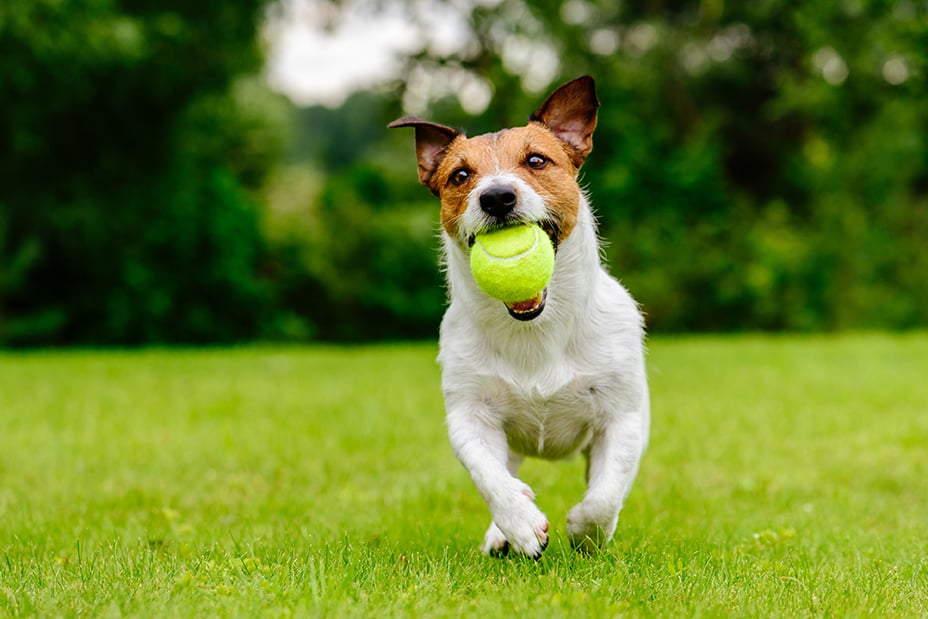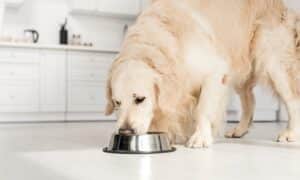“This post contains affiliate links, and I will be compensated if you make a purchase after clicking on my links.”
It’s time to start making important changes to improve your dog’s health and happiness. These rules for a healthier, happier dog include some that reinforce core pet nutrition concepts, some less obvious, and some that no doubt will be considered controversial.

These rules go beyond making wiser choices in your pet’s food and into broader areas of “food for thought.”
1. Reduce carbohydrates in your dog’s diet. Remember, just because a food or treat is “grain free,” it is not necessarily low in carbs.
2. Make MEAT PROTEIN from clean sources the cornerstone of your canine food choices.
3. Avoid any food or treat products with chemical preservatives including: propylene glycol, all forms of glycerine including “vegetable glycerin,” BHA, BHT, propyl gallate, ethoxyquin, titanium dioxide, and all artificial colors.
4. Watch for “fractionated” carbohydrate ingredients designed to obscure the fact that a food is very high in cereals, such as several forms of rice (rice bran, ground rice, rice gluten meal, brown rice).
5. Keep sugar in all of its forms out of, or extremely limited, in your pooch’s food and treats. This includes sugar, evaporated cane juice, high fructose corn syrup, maple syrup, and even honey.
6. Avoid OVER-SUPPLEMENTATION with synthetic vitamins and minerals. Foods approved for daily maintenance are already required by law to include a long list of vitamin and mineral supplements.
7. Shop wisely for your pet food or treats, but don’t fall into the trap of looking for the cheapest food your pet will eat OR choosing the most expensive food you can buy! The cheapest is bound to disappoint you with its results, and the priciest may be a very good product but still not right for your dog.
8. Learn to read pet food labels and if something doesn’t make sense or you don’t know what a certain ingredient is or WHY it is there, don’t hesitate to call or write the manufacturer.
9. HYDRATE dry dog food, no matter what the quality, for optimum digestion and stomach health. You can do this by simply adding water and allowing the food to absorb moisture, adding canned food, or by using SuperGravy, an award-winning dry gravy mix that actually helps moisture to bond with dry kibble.
10. NO ONE FOOD OR TREAT IS PERFECT FOR EVERY PET! If coats get dull, “stiff,” or greasy, your pet gets a sudden case of the “itchies,” or if you start to see skin irritations sometimes known as “hot spots,” your pet may be developing an allergy or sensitivity to the food or treats you are using.
11. FEWER VACCINES: MORE TITER TESTING. Reconsider “routine vaccines” as part of annual vet exams; instead, ask your veterinarian to do blood work and send it out for titer testing by a reputable lab. This testing assesses your individual pet’s level of antibodies to a wide variety of canine and feline diseases.
12. If you have a new puppy that has NOT yet been spayed or neutered, consider allowing the animal to reach early adulthood (about a year, depending on the breed) before performing these surgeries. Although there is debate on this subject, a growing number are starting to feel that there are significant benefits to having a dog fully develop “adult strength” bones, muscles, and other organ systems before artificially stopping their hormonal and endocrine systems from functioning as nature intends.
13. OLDER DOGS NEED TRACTION! As dogs reach older age, their bones age in the same manner as do human geriatric bones, and this is especially pronounced in large and giant breeds. But you may not realize that your older dog’s mobility issues can be helped with something much simpler than special foods, risky drugs, or even surgeries. Simply survey your home for slick stairways and other slippery areas, and provide “paths” with carpeted stair runners and “path rugs” that connect rooms. Help your older dog to regain some confidence and mobility.
14. DOUBLE DOWN ON DOGS? Consider becoming a two-dog household, if you can afford the cost of food and care for two dogs. Dogs with a permanent canine companion are typically much better adjusted and less prone to separation anxiety than single dogs.
No list can take the place of being a good student of pet care and nutrition. But, it is our hope that these 14 Rules can lead to a greater awareness of the many ways that we can keep our four-legged family members healthier and happier.



















Jane
Feb 4, 2014 at 8:52 pm
Right here is the perfect website for anyone who would like to find out about this topic.
You realize so much its almost tough to arge with you (not
that I personally will need to…HaHa). You definiteely puut a new
spin on a subject that’s been written about for years. Excellent
stuff, just great!